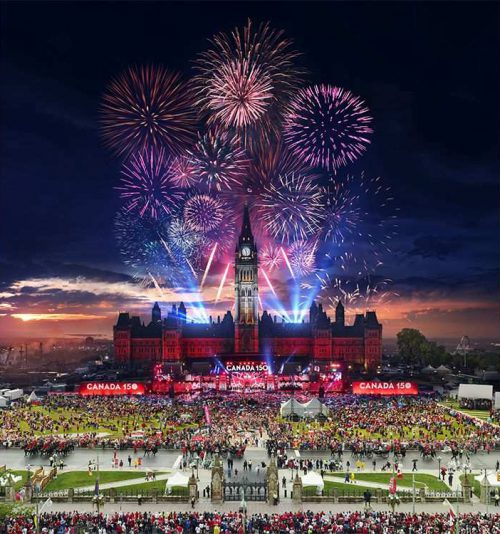
Artsfile.ca – On Canada Day, 2017, while thousands waited in lineups in the pelting rain for a spot on Parliament Hill, someone was watching from a fourth floor window across Wellington Street.
That someone was the well-known American photographer Stephen Wilkes and he was watching and photographing hundreds of images throughout the day on July 1 preparing one of his celebrated ‘Day to Night‘ images as a gift to the people of Canada while we celebrated the 150th birthday of Confederation with a soggy ultimately jubilant party. Please see the URL for the full article.

